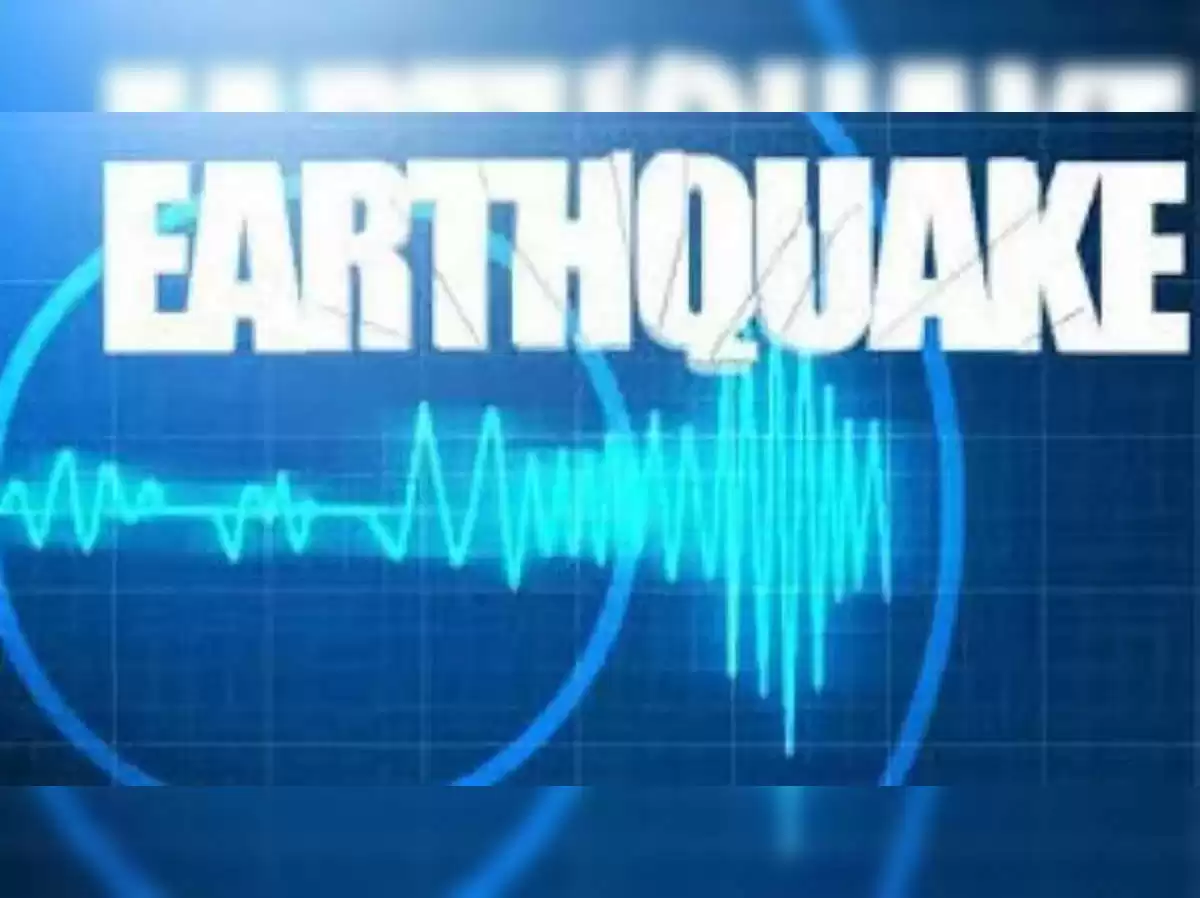US Geological Survey confirms 3.6 magnitude earthquake Illinois details inside
"Minor Earthquake Strikes Standard, Illinois. Epicenter located 100 miles southwest of Chicago. 3.6 magnitude quake not anticipated to cause significant damage."
In the early hours of Wednesday, a minor earthquake with a magnitude of 3.6 struck Standard, Illinois, as reported by the United States Geological Survey (USGS). Standard, located approximately 100 miles southwest of Chicago in Putnam County, became the epicenter of the seismic activity that unfolded at 4:42 a.m.
The quake's effects rippled across the region, reaching as far as Ottawa, Streator, Pontiac, and Springfield, with reports of residents in Aurora and DeKalb County also feeling the impact, according to the USGS. While a 3.6 magnitude earthquake is classified as "light" on the USGS intensity scale, indicating that residents might have experienced a "light" shaking, it is not anticipated to cause significant damage. On the USGS scale, "light" ranks as level three out of nine.
The Associated Press quoted administrative Lt. Doug Bernabei from the Peru Police Department several miles north of Standard, who described the immediate aftermath. "It shook my house. It wasn't a rattle, I thought something hit the house. A lot of people were waking up," he said, emphasizing the surge of 911 calls received by the dispatch center.
Illinois, while not commonly associated with earthquakes, is, in fact, at risk from two major seismic zones, according to the Illinois Emergency Management Agency and Office of Homeland Security.
These zones include the Wabash Valley Seismic Zone and the New Madrid Seismic Zone. The Wabash Valley Zone spans southeastern Illinois and southwestern Indiana, while the New Madrid Seismic Zone encompasses states such as Alabama, Arkansas, Illinois, Indiana, Kentucky, Missouri, Mississippi, and Tennessee. Over a 50-year period, there is a 25 to 40 per cent chance of a magnitude 6.0 or greater earthquake in these zones.
Southern Illinois typically experiences more seismic activity than its northern counterpart. NBC 5 Meteorologist Kevin Jeanes noted that recent USGS maps indicate a concentration of earthquakes in central and southern Illinois, with sporadic incidents recorded in the northern part of the state.
Looking back in history, one of the most significant earthquakes in Illinois occurred in May of 1909, registering a magnitude of 5.1 in the Chicago suburb of Lockport. While this recent quake was comparatively milder, it serves as a reminder of the geological activity lurking beneath the surface, making seismic events an unpredictable but integral part of Illinois' landscape.
The largest recorded earthquake in the U.S. Midwestern state of Illinois was the 1968 Illinois earthquake (a New Madrid event), which struck at 11:02 am on November 9 and measured 5.4 on the Richter scale. The largest recorded earthquake in the United States was a magnitude 9.2 that struck Prince William Sound, Alaska on Good Friday, March 28, 1964 UTC.











Comments on US Geological Survey confirms 3.6 magnitude earthquake Illinois details inside